Which city holds the title of Norway's capital? Oslo today, but the history of the title is a fascinating story.
Capital city status means different things in different countries. In most countries, the biggest city is the country's capital, but not always. It is typically the centre of government and finance for a country.
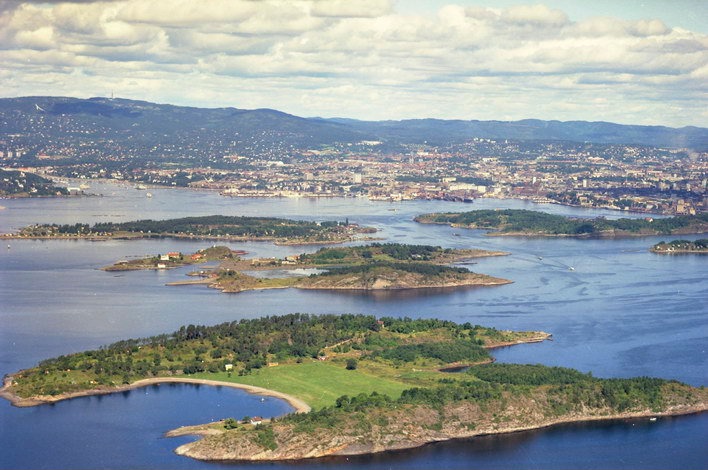
Did you know that Oslo, Bergen, Trondheim and even Copenhagen have all laid claim to the title over the years? Read on to find out more.
What is the capital of Norway?
Oslo is currently the capital city of Norway, but it wasn't always that way.
The Oslo of today is a rapidly changing city with a smart new waterfront and a population growth causing it to become one of Europe's fastest growing capitals.
It is now an important centre of energy, media and finance, and known throughout the world as the home of the Nobel Peace Prize. Few would dispute the city's place as the centre of government and Norway's most important, international city.
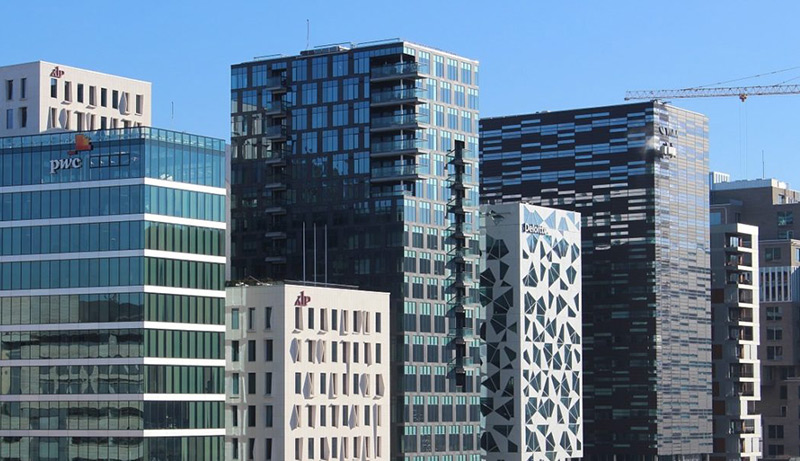
But just twenty years ago, Oslo had a poor reputation throughout the rest of the country as a soulless city with little character of its own. Tourists flew to Oslo and jumped straight in their rental cars or on the train to the fjords. Many still do!
Delve back even further into the history books and you'll soon discover that for hundreds of years, Oslo wasn't even the country's capital. We start way back in the days of the Vikings…
Trondheim
Olav Tryggvason founded Nidaros, the city today known as Trondheim, in 997. His seat of Government was a strategic choice largely thanks to how the Nidelven river twists around before joining the fjord.
This physical feature, which still exists today, created an area that was easy to defend against land attacks.
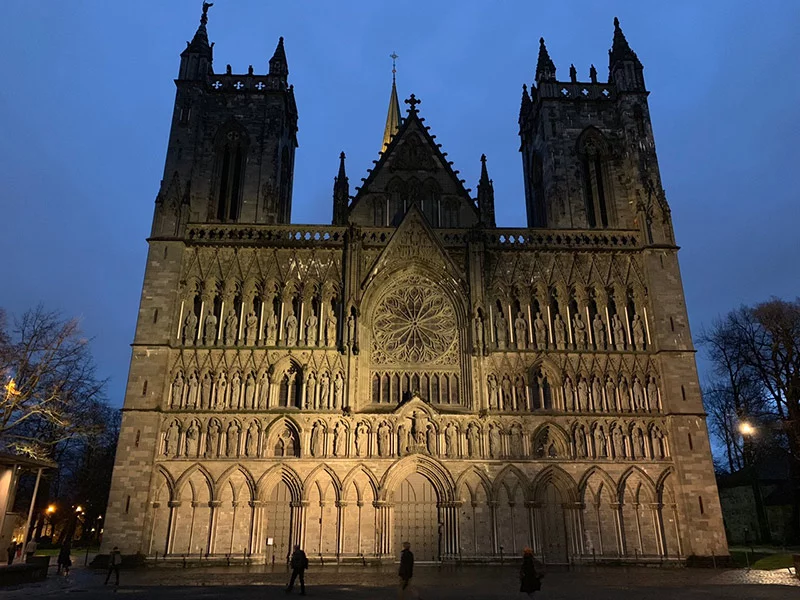
Nidaros remained the capital of Norway from 997 to 1217 bar some short periods where Sarpsborg and Kungahälla (now part of Sweden) were considered the seat of Government.
The city retains an important role in national affairs today. Nidaros Cathedral continues to hold important Royal ceremonies, for example.
Bergen
Bergen gradually took over the role as capital throughout the early years of the 13th-century. Bergenhus fortress was built at the entrance to the harbour, and still stands today primarily as a tourist attraction.
When King Haakon V (1299-1319) came to power, he began to move the functions of the capital city to Oslo. Perhaps it was the rain?
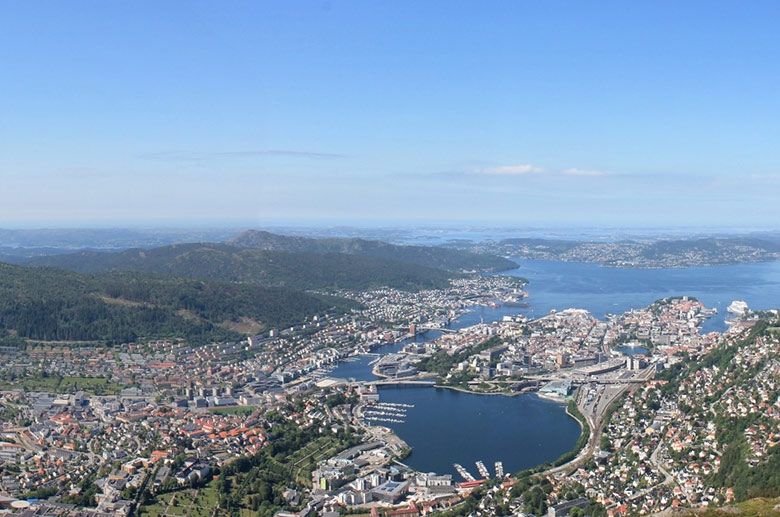
Despite this move, Bergen began to thrive. In the 14th-century, North German merchants founded a trading post of the Hanseatic League at Bryggen. Dried cod and fish oil from Lofoten were traded with many hard-to-find goods coming the other way.
This substantial trade continued for a few hundred years through the late Middle Ages and left a lasting mark on the city.
Oslo
Oslo reached its heights in the reign of Haakon V, who was the first King to live in the city, which helped to give it the capital status.
He started the construction of Akershus Fortress, and concluded a peace that in general was the end of a period of Dano-Norwegian wars.
Oslo then served as the nation's capital for more than two centuries, until the era of the Denmark-Norway union.
Copenhagen
Following the dissolution of the Kalmar Union, Denmark and Norway formed a ‘personal union' that would eventually lead to the integrated state Denmark–Norway.
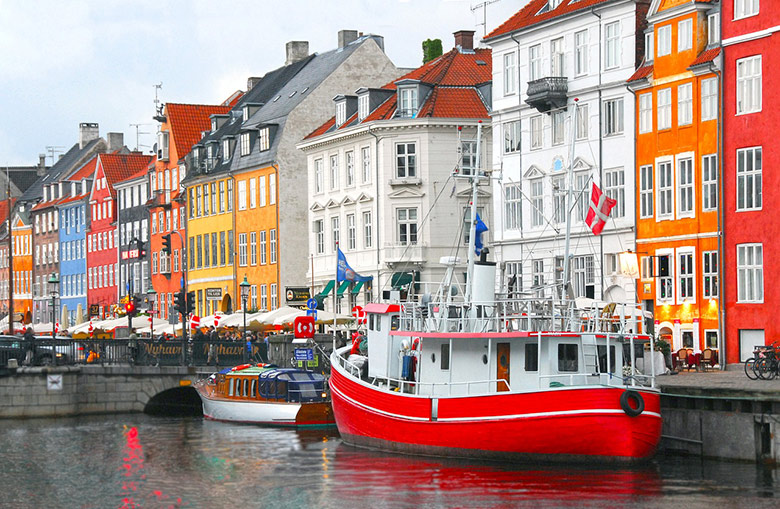
Copenhagen therefore served as the capital of what is now Norway for almost three centuries, from 1537 to 1814. During the years of rule from Copenhagen, the largely wooden city of Oslo suffered greatly from fires, diminishing its relevance.
In 1624 after one such fire, Christian IV of Denmark decided to build a new city near Akershus Castle. He relocated everyone to what he called Christiania, which remained the name of Oslo for many years.
Oslo regains its capital status
When the union with Denmark ended in 1814, Christiania became the capital of an independent Norway, albeit one which swiftly entered into another personal union, this time with Sweden.
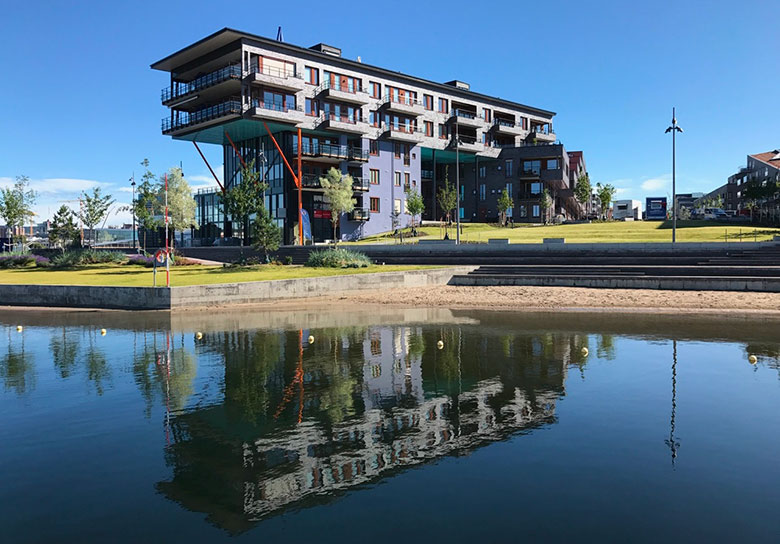
Many important buildings including the Royal Palace, the University, the Christiania Theatre and the Bank of Norway were built in the years that followed. In 1877, the city adopted the spelling Kristiania, before returning its name to Oslo in 1924.
Read more: Oslo Stats: Norway's Capital City in Numbers
Oslo has remained the capital city of Norway ever since, but who knows what history is yet to be written?


Wow! What a history…… I can more fully understand why I had the feeling in Oslo of a city that had not yet found its identity…. something hadn’t yet gelled in my feeling of its sense of “place” ….. Just a hundred years ago it didn’t even have its current name. . . . And also I understand a bit more why people I’d met from Bergen all seemed to have an underlying fierce pride about their city, a strong sense of identity….. Re. Oslo, I’m excited for its future, I see it coming into its own…. it must be exciting to be a city planner there….. I’d like to be there !
I am absolutely fascinated by this historical information! I am visiting Norway next year, so I am hungry for anything of interest. I have seen beautiful photographs of the country from top to bottom, and am enthralled by the wonderful colours used; why can’t every country be as inhibited?
Being of Norwegian ancestry and have visited Norge, it is certainly a country of many different faces. The people are very friendly and most speak (especially the younger generations) English better than most Americans, although they are especially friendly if you try to speak a few words of their Language. I still have relatives there and long for the days when I can visit and renew my lineage once again.
Does “Oslo” mean anything in Norwegian?
The name Oslo can be traced back to Old Norse and probably means ‘the meadow of the gods’ (the gods being Odin, Thor and those guys). Another possible interpretation is ‘the meadow beneath the ridge’.
This is fascinating. How many people outside of Norway or in Norway for that matter, know this? This kind of takes me to the Greece Metrology aria with the gods and the interpretation. This makes me want to read and learn more. Thank you
I want to spend a couple of day sin Oslo next May before flying up to Bodo. What are the must do things in Oslo in 48 hrs at that time of year?
https://www.lifeinnorway.net/things-to-do-in-oslo/